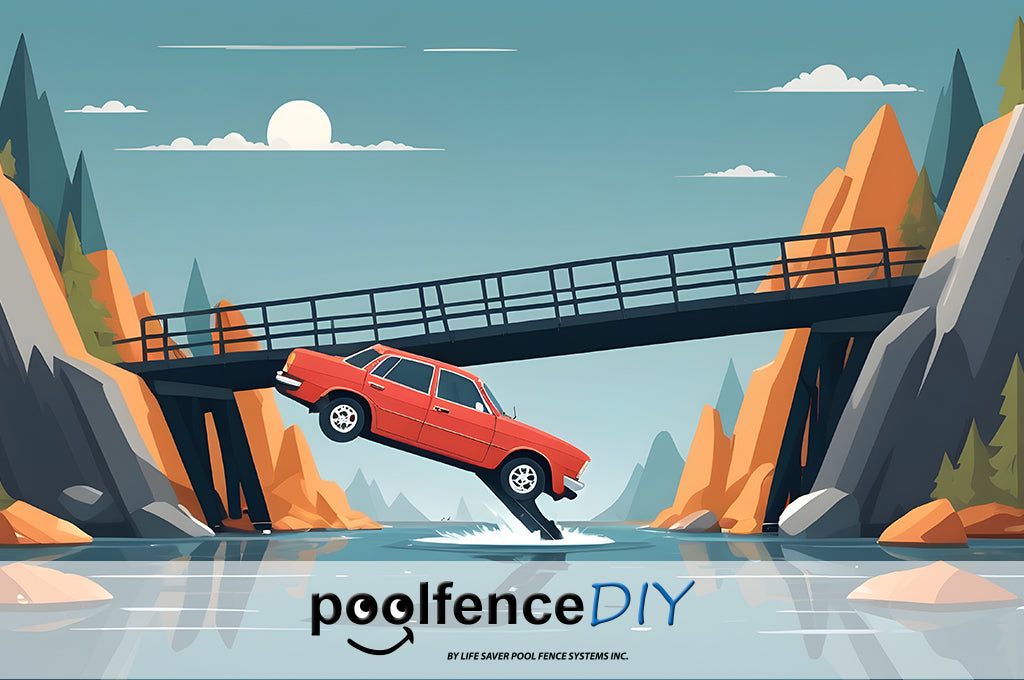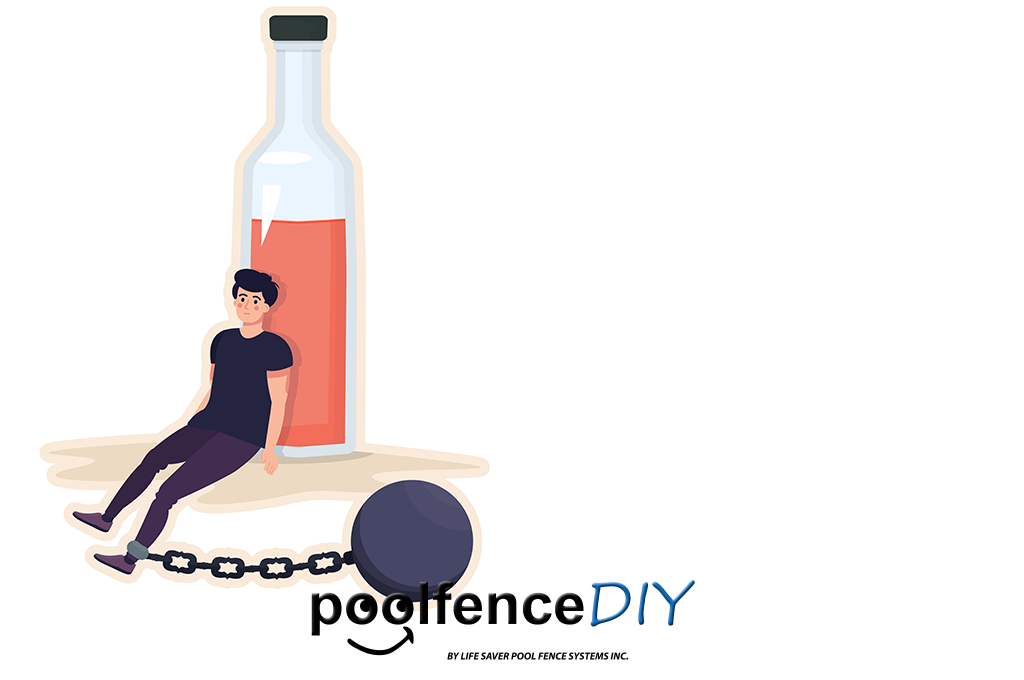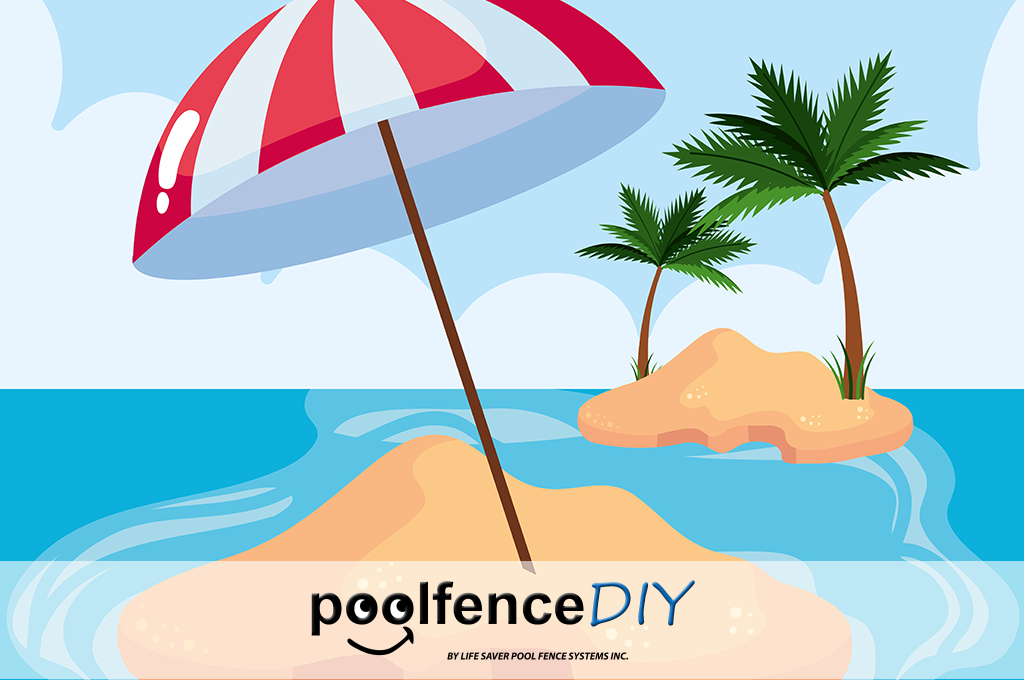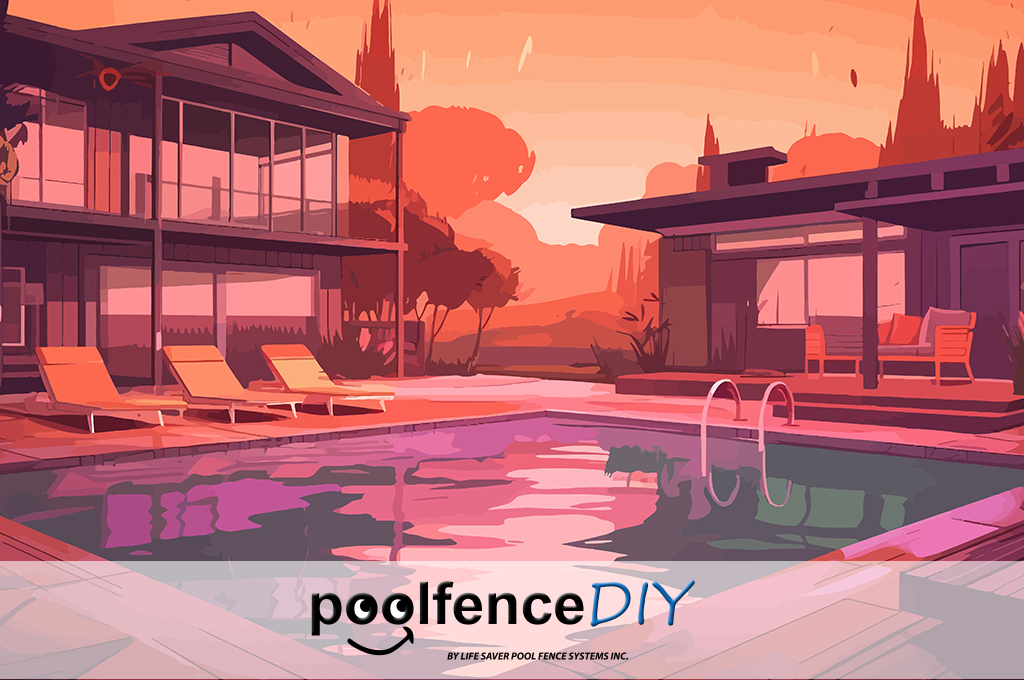Surviving a Collapsing Bridge in Your Car

The recent boat accident in Maryland has left many of us thinking about surviving a collapsing bridge in your car. The image of the Francis Scott Key bridge tumbling into the river has shaken people to their core. Tragedies like these, no matter how horrific, remind us of the unpredictable nature of life. More than that, they illustrate the keen importance of being prepared for emergencies.
Read on for tips about surviving a collapsing bridge in your car.
The Situation So Far…
As of this writing, we know that a freighter lost power and crashed into a support beam on the Francis Scott Key Bridge in Baltimore. According to early reports, the container ship lost power moments before it struck the bridge. The truly shocking element is how quickly the bridge collapsed into the Patapsco River. It seemed to happen within a few seconds. As of now, at least six people are presumed dead by the local authorities.
BREAKING: 6 constitution workers who plunged into the water during Baltimore bridge collapse presumed dead, search is now a recovery mission, Coast Guard says
— Breaking911 (@Breaking911) March 26, 2024
R.I.P. pic.twitter.com/eJkOrKGijk
For further news coverage of the event, the New York Times has a dedicated section that is constantly being updated.
Prepare for the Worst: Surviving a Collapsing Bridge in Your Car
The collapse of a bridge, sending vehicles plunging into the water below, serves as a sobering wake-up call for us all. In a situation where you find yourself trapped… let’s not kid ourselves. Luck plays a major factor for survival. There’s not much you can do to make sure you’re having a car accident in the “safe” area of a crumbling bridge.
On the other hand, there is plenty you can do to increase your chances during those first terrifying moments. Below, we’ll share some crucial tips for surviving a collapsing bridge in your car, emphasizing the importance of staying calm, acting swiftly, and prioritizing your safety above all else.
Always Buckle Your Seatbelt
Contrary to what some might think, wearing your seatbelt can significantly increase your chances of surviving a collapsing bridge in your car. Seatbelts are designed to restrain occupants within the vehicle, preventing them from being thrown around upon impact. While it might seem logical to unbuckle in a moment of panic, doing so during a collapse can actually put you at greater risk of injury or ejection from the vehicle.

Therefore, be sure to keep your seatbelt fastened at all times while driving, especially when crossing bridges or other potentially hazardous structures. During a disaster and when just driving safely, it always pays to buckle up.
Pre-Prep: Essential Vehicle Equipment
Remember, being proactive can save you or your loved ones’ lives. In addition to wearing your seatbelt, having the proper tools at hand can also improve your chances of surviving a bridge collapse in your car:
- Window-Breaking Tool: Keep a window-breaking tool within arm's reach, such as a spring-loaded punch or a specialized hammer designed for breaking automotive glass. This tool can be a lifesaver if you need to quickly escape from a submerged vehicle.
- Emergency Hammer: Consider installing an emergency hammer in your vehicle, preferably within easy reach of the driver's seat. These hammers typically feature a pointed metal tip for breaking windows and a seatbelt cutter for quickly freeing yourself in the event of entrapment.
Stay Calm and Assess the Situation
The first instinct in any crisis is often to panic. However, maintaining a clear head is essential for survival. Take a deep breath and assess the situation. Look for immediate dangers and plan your next steps accordingly.
Act Quickly to Escape
Time is of the essence when faced with a collapsing bridge. As soon as your car hits the water, act swiftly. Now is the time to unbuckle your seatbelt. Next, lower your windows and exit the vehicle. For further details about escaping a submerged vehicle read our linked blog on the topic.
Swim to the Surface
Once you're out of the car, swim to the surface as quickly as possible to save yourself from drowning. Keep in mind that the water may be murky, and visibility could be limited. Trust your instincts and swim towards the light.

Stay Away from the Bridge and Debris
After reaching the surface, swim away from the collapsed bridge and any debris. The area near the bridge may be unstable, and there could be strong currents. Swim towards the shore or any nearby structures to safely await rescue.
Signal for Help
Once you're clear of immediate danger, signal for help. Wave your arms, shout for assistance, or use any available signaling devices to attract the attention of rescuers.
Seek Medical Attention
Even if you feel uninjured, seek medical attention as soon as possible. Injuries sustained during a traumatic event may not be immediately apparent. Prompt medical care can prevent complications later on.

Remember, in a crisis, every second counts. Stay calm, act swiftly, and prioritize your safety above all else.




